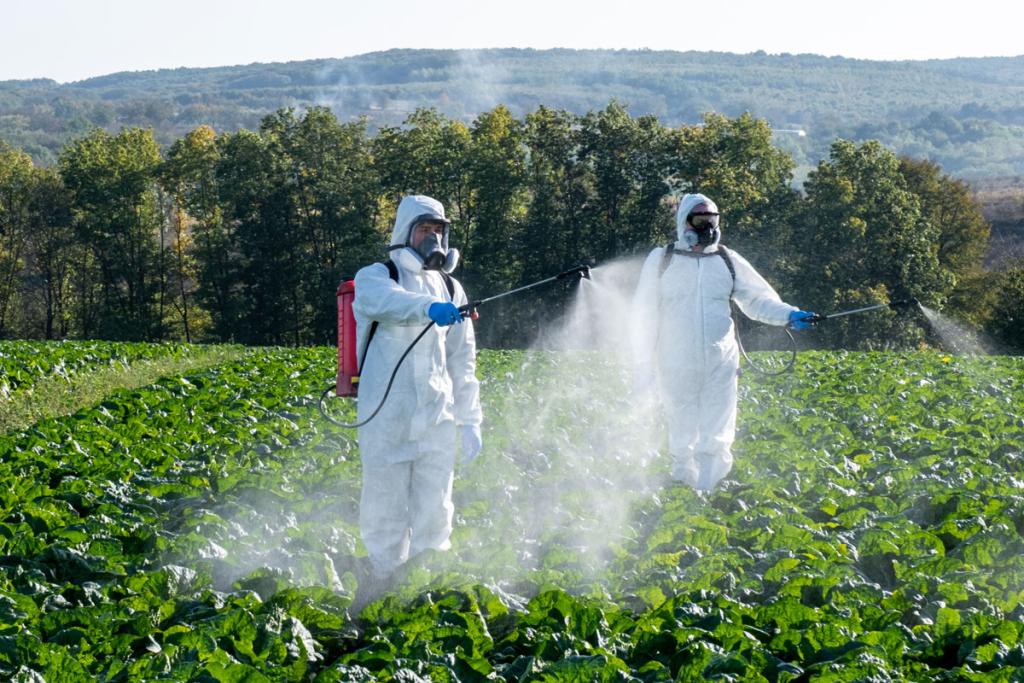Varieties Of Crops
Plant a Variety of Crops Rotating your plants promotes biodiversity. It also improves your soil quality and helps control pests. One method for adding diversity is intercropping. This involves growing a variety of vegetation in one area. Another trick is to rotate crops every three to four years. If you have a smaller space, create raised beds, use pots, or coordinate with friends. Crop rotation helps return nutrients to the soil without synthetic inputs.The practice also works to interrupt pest and disease cycles, improve soil health by increasing biomass from different crops’ root structures, and increase biodiversity on the farm. Life in the soil thrives on variety, and beneficial insects and pollinators are attracted to the variety above ground, too.
 (1).png)









